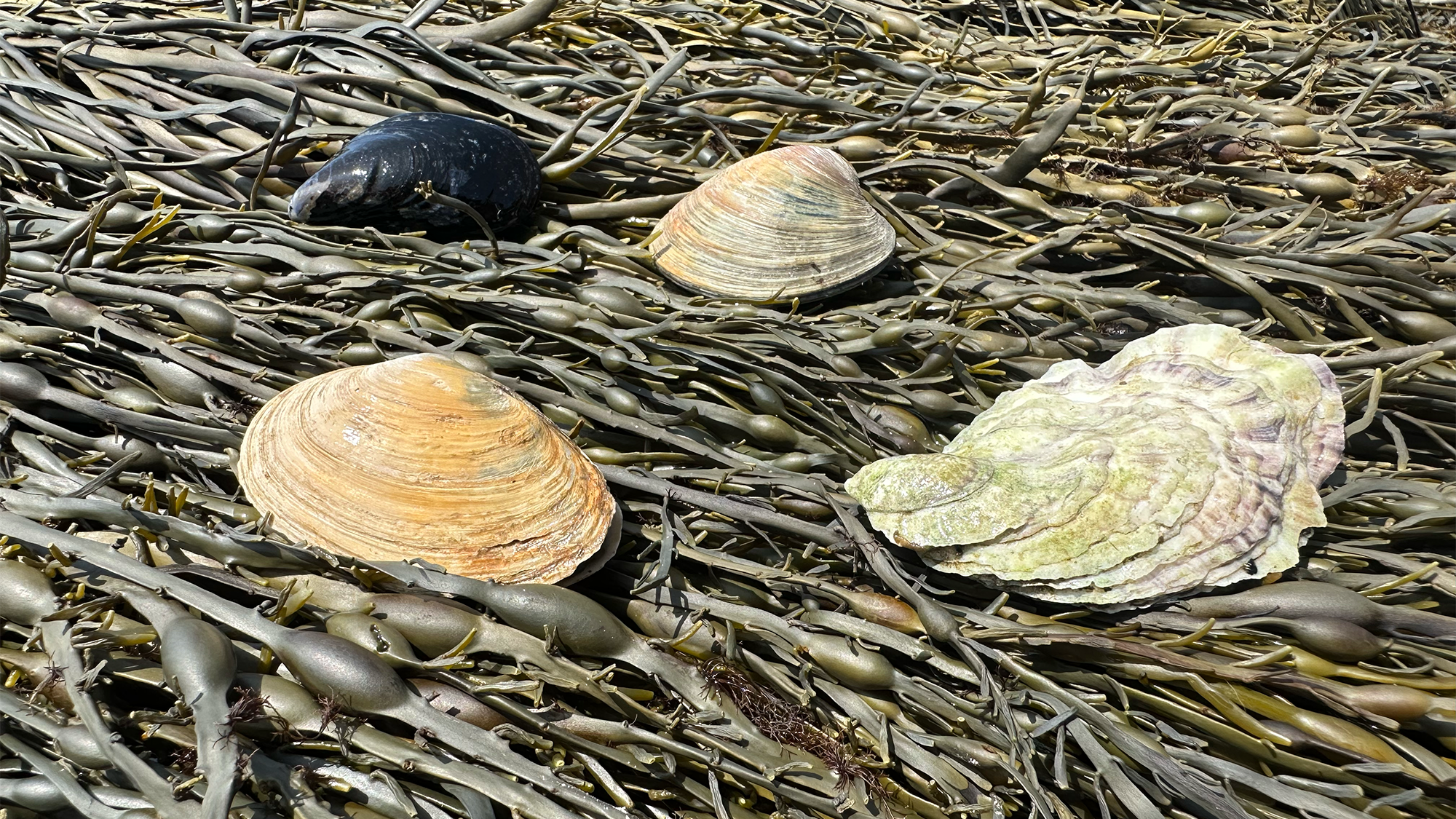

It’s not a bad time to be a bivalve. Oyster reefs are hailed as natural storm barrier protectors, and we’re learning more and more about the genomes of these odd little creatures. A study published August 15 in the journal Nature Communications found that hundreds of shellfish species that humans harvest tend to be more resistant to extinction.
[Related: Wild oysters are tastiest in months that end with ‘R’—here’s why.]
A team of researchers found that humans exploit about 801 species of bivalves, a figure that adds 720 species to the 81 listed in the Food and Agriculture Organization of the United Nations’ Production Database. The team identified the traits like geographic diversity and adaptability that make them prime for aquaculture—humans tend to harvest bivalves that are large-bodied, occur in shallow waters, occupy a wide geographic area, and can survive in a large range of temperatures.
Geography and climate adaptability are what make even the most used bivalve species less susceptible to the extinctions that have wiped out species in the past. Species including the Eastern oyster live in a wide range of climates all over the world that include a wide range of temperatures, and this adaptability promotes resilience against some of the natural drivers of extinction. However, increased demand for these species from hungry humans can put them and their ecosystems in danger.
“We’re fortunate that the species we eat also tend to be more resistant to extinction,” study co-author and Smithsonian Institution research geologist Stewart Edie said in a statement. “But humans can transform the environment in the geologic blink of an eye, and we have to sustainably manage these species so they are available for generations that will come after us.”
Bivalve mollusks have been filtering water and feeding humans for thousands of years. The indigenous Calusa tribe sustainably harvested an estimated 18.6 billion oysters in Estero Bay, Florida and constructed an entire island and 30-foot high mounds out of their shells. However, for every sustainable use of bivalve aquaculture, there are also examples of overexploitation from European colonizers and overfishing. These practices have led to collapses of oyster populations in Maryland’s Chesapeake Bay, San Francisco Bay in California, and Botany Bay near Sydney, Australia.
[Related: Oyster architecture could save our coastlines.]
“It is somewhat ironic that some of the traits that make bivalve species less vulnerable to extinction also make them far more attractive as a food source, being larger, and found in shallower waters in a wider geographical area,” study co-author and University of Birmingham macroecologist Shan Huang said in a statement. “The human effect, therefore, can disproportionately remove the strong species. By identifying these species and getting them recognised around the world, responsible fishing can diversify the species that are gathered and avoid making oysters the dodos of the sea.”
The team hopes that this data improves future conservation and management decisions, particularly their list of regions and species that are particularly prone to extinction. They also believe that this new list may help identify species that need further study to fully assess their current risk of extinction.
“We want to use what we learned from this study to identify any bivalves that are being harvested that we don’t already know about,” said Edie. “To manage bivalve populations effectively, we need to have a full picture of what species people are harvesting.”
